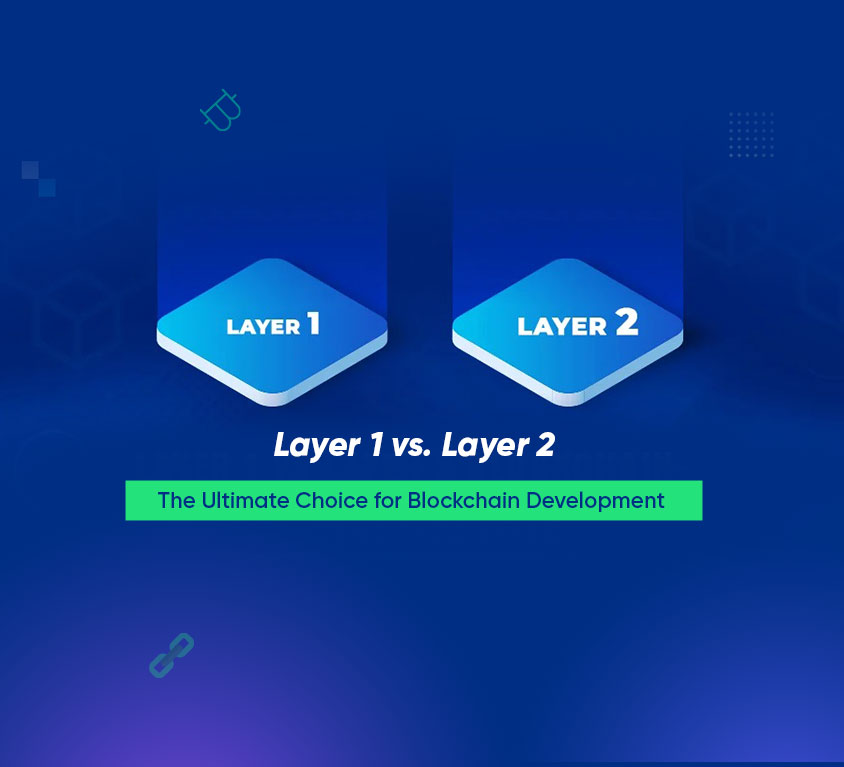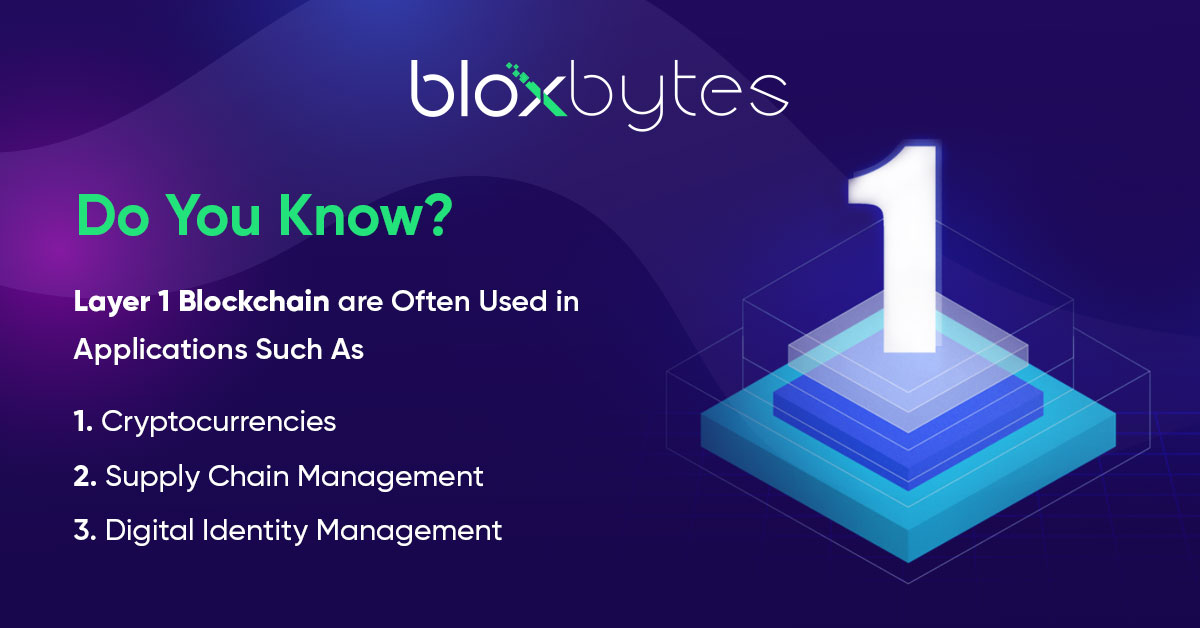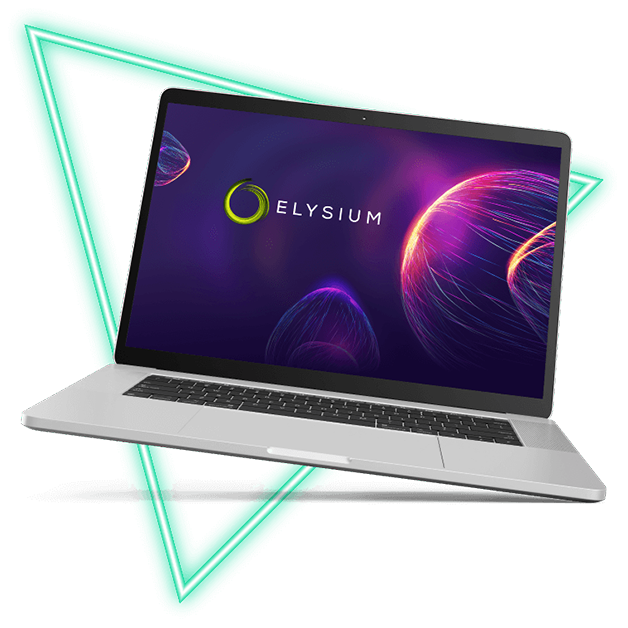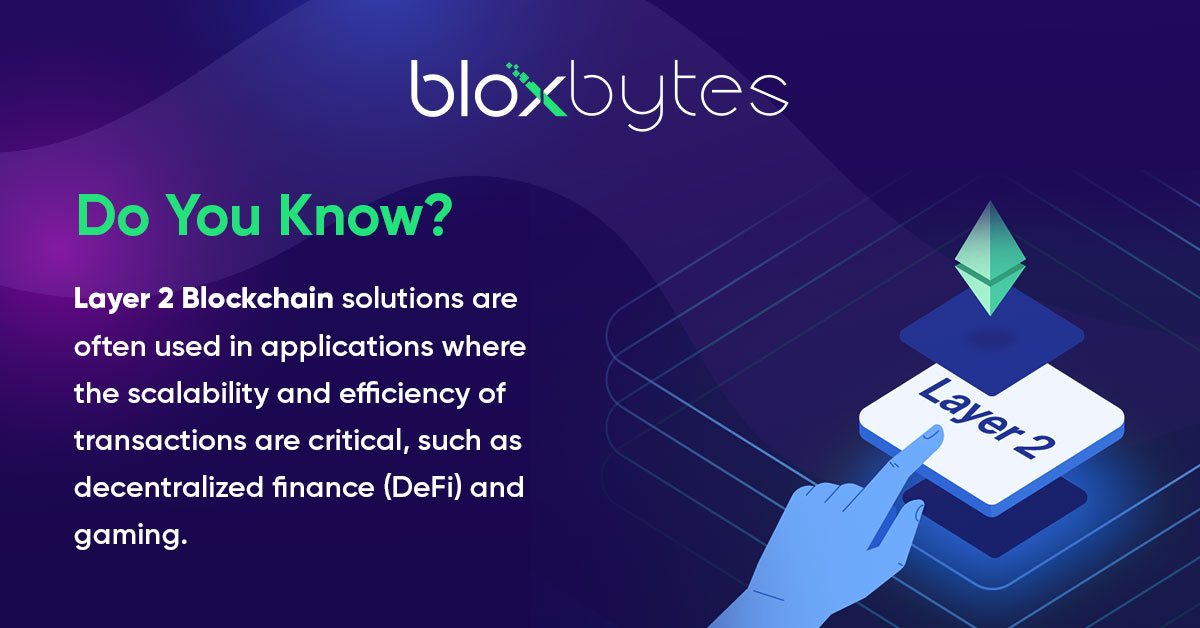
Introduction
Web3 & Blockchain Consultancy :
What is Layer 1 and Layer 2 Blockchain: Understanding the Use Cases
Blockchain technology is gaining widespread attention for its potential to revolutionize various industries. One of the key concepts in blockchain technology is the distinction between Layer 1 and Layer 2 solutions. Understanding the difference between these two types of blockchains is crucial for grasping the full potential of this technology and its various use cases. In this article, we will dive into what is Layer 1 blockchain and what is Layer 2 blockchain, exploring blockchain use cases. By understanding each type, we will be better equipped to make informed decisions on which one to use for different purposes.What is Layer 1 Blockchain?
Layer 1 protocol refers to the underlying infrastructure or foundation of a blockchain system. It is the base protocol that provides the necessary security, consensus, and infrastructure for a blockchain network. Layer 1 solutions are designed to be secure, decentralized, and tamper-proof. This solution of blockchain ensures that transactions and data stored on the blockchain are safe and secure. Decentralization of the network means there is no central authority or single point of control. Moreso, transactions and data stored on a Layer 1 blockchain are secured using cryptographic algorithms. This algorithm makes it difficult for any unauthorized party to modify or alter the data.
Layer 1 Blockchain Use cases
Layer 1 solutions have use cases for various applications and industries, including:-
Cryptocurrencies:
Cryptocurrencies, such as Bitcoin and Ethereum, operate on Layer 1 blockchains.
-
Supply chain management:
Layer 1 solution provides transparency and traceability in supply chain operations, reducing the risk of fraud and improving the efficiency of supply chain processes.
-
Digital identity management:
Layer 1 blockchain can provide secure and tamper-proof storage for personal information, enabling secure digital identity management.
BloxBytes is a web3 & blockchain development company that has developed a blockchain solution for their client. Elysium is a Layer 1 blockchain dedicated to gaming platforms and it let users conduct faster transactions.
Elysium: Case Study on Developing an EVM-Compatible Blockchain
What is Layer 2 Blockchain?
Layer 2 blockchain is a technology that builds upon a Layer 1 protocol. This solution offers scalability, increased speed, and lower costs for conducting transactions. Layer 2 protocols are designed to address some of the limitations of Layer 1, such as slow transaction processing times and high fees. Layer 2 solutions can process transactions off-chain, reducing the burden on the underlying Layer 1 and increasing the overall speed and efficiency of transactions. Layer 2 solutions often use second-layer networks, such as state channels or plasma networks, to conduct transactions. These second-layer networks allow participants to transact with each other directly, without the need to broadcast every transaction to the entire network. This results in faster, cheaper, and more private transactions. Anyhow, Layer 2 solutions are designed to complement Layer 1 blockchains. It provides additional functionality and improved performance.
Layer 2 Blockchain Use cases
Layer 2 blockchains have use cases for various applications and industries, including:-
Decentralized finance (DeFi):
Layer 2 solutions are widely adopted in the DeFi space. Because it can handle the high volume of transactions and lower the costs associated with conducting transactions on Layer 1 blockchains.
-
Gaming:
Layer 2 solutions provide faster, more efficient, and more secure transactions for gaming platforms. It also reduces the latency and lag that can occur on Layer 1 blockchains.
-
Payments:
Layer 2 solutions can help with payment processing. It provides faster and more efficient transactions compared to Layer 1 blockchains.
Layer 1 Blockchain vs Layer 2 Blockchain
Layer 1 and Layer 2 refer to different layers in a blockchain network architecture.
Layer 1 Blockchain |
Layer 2 Blockchain |
|---|---|
|
|
Pros & Cons of Layer 1 Blockchain and Layer 2 Blockchain
Blockchain |
Pro |
Cons |
Layer 1 |
|
|
Layer 2 |
|
|
When to choose Layer 1 and Layer 2 Blockchain:
- Choose Layer 1 blockchain protocol if security and decentralization are a priority, such as in the case of cryptocurrencies and financial applications.
- Choose Layer 1 blockchain protocol if trust in the system is critical and compromised, such as in supply chain management or voting systems.
- Choose Layer 2 protocol if scalability is a primary concern, such as in high-volume applications or payment networks.
- Choose Layer 2 blockchain solution if transactional cost and speed are important, such as in micropayment systems or gaming applications.
Conclusion
To conclude we can say that from the above details and comparison of Layer 1 and Layer 2 blockchain, it is clear that choosing the right protocol depends on the needs of the business goals. But, Layer 2 technology is evolving and gaining more adoption, as more businesses and organizations look to leverage the benefits of blockchain while overcoming the limitations of Layer 1 solutions. Moreover, implementing both Layer 1 and Layer 2 blockchain solutions can provide a comprehensive and robust infrastructure for a wide range of use cases for various industries and applications. However, it is important to carefully consider the trade-offs between security, scalability, and decentralization when choosing the appropriate solution for a particular use case. For this, you can get help from a blockchain development company. Follow the BloxBytes to get more insights!
Follow the BloxBytes to get more insights!